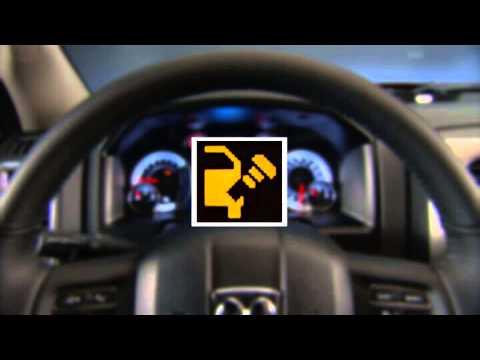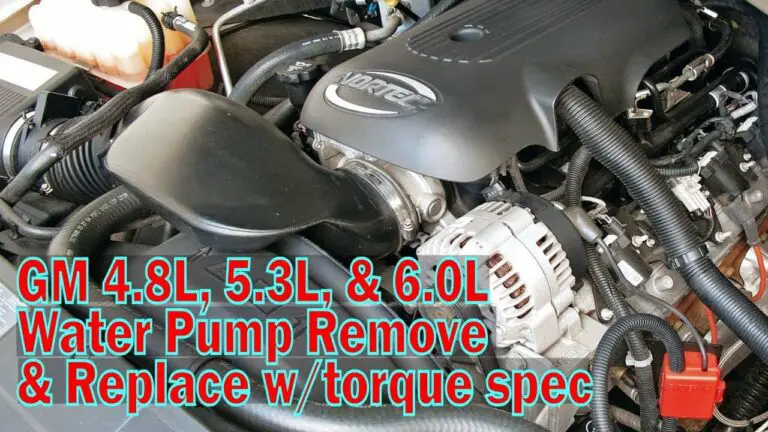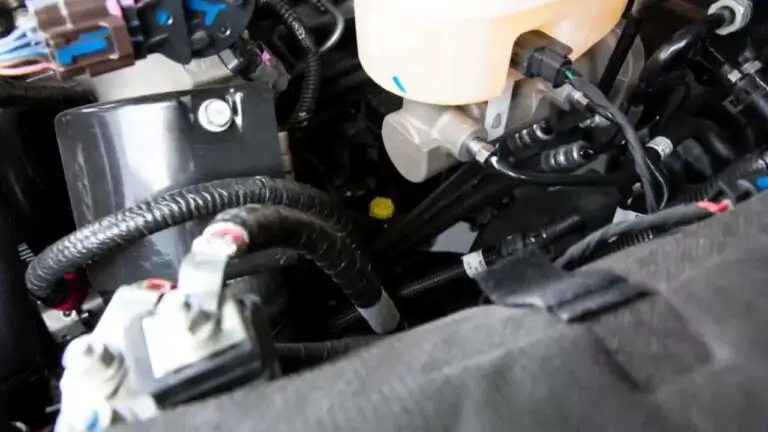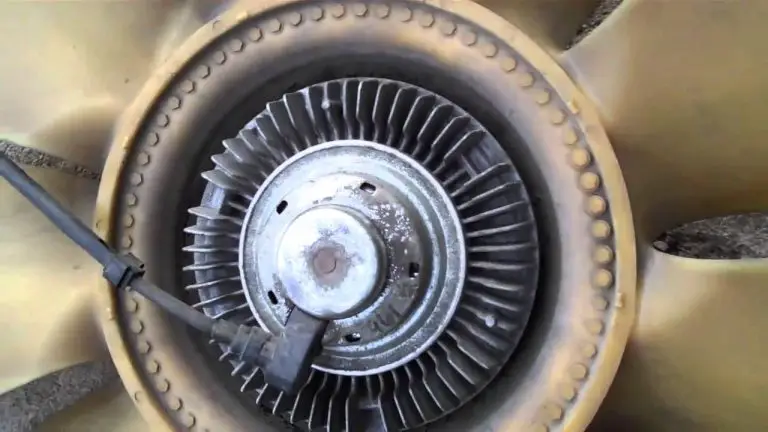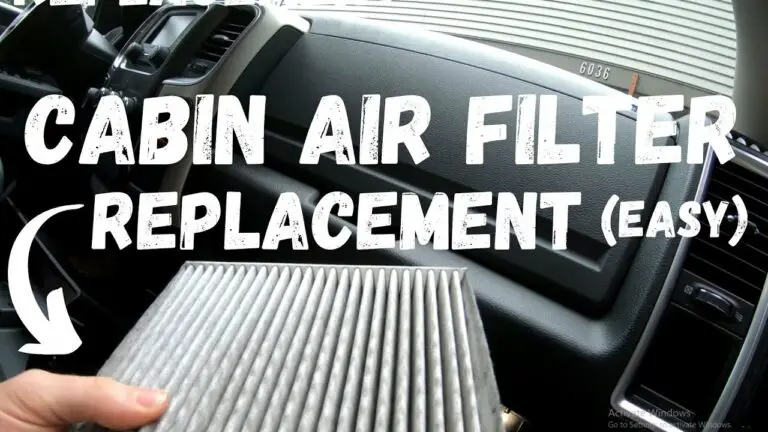Dodge Ram 2500 Check Engine Light Codes
The Dodge Ram 2500 Check Engine Light codes indicate a problem with the truck’s engine. The code is stored in the vehicle’s computer and can be accessed through an On-Board Diagnostic (OBD) scanner. Depending on the code, it could mean that there is an issue with fuel delivery, spark plug misfire, oxygen sensor failure, or other issues related to the engine components.
It is important to note that these codes are often indicative of serious problems and should not be ignored. If your Check Engine Light appears and stays on for more than one minute, you should take your vehicle into a certified mechanic for diagnosis as soon as possible.
If you own a Dodge Ram 2500, it’s important to pay attention to your check engine light. These codes are critical indicators of any mechanical issues that need to be addressed and can help keep you on the road safely. Knowing how to read the codes and what they mean is essential for proper maintenance.
By understanding these codes, you can quickly identify potential problems with your vehicle before they become more serious or costly repairs later down the line.
Dodge: How to check the error codes without code reader!
How Do You Check the Code on a Dodge Ram 2500?
When you are checking the code on a Dodge Ram 2500, it is important to understand how the vehicle’s onboard diagnostic system works. The diagnostic system monitors different systems and components of your truck and can detect any problems that may be present. To check the codes on your Dodge Ram 2500, first locate the Diagnostic Link Connector (DLC), which is usually located under the dashboard near where your driver’s side door would be.
Once found, attach an OBD II scanner or other compatible device to read any trouble codes stored in memory. Depending on what type of information you need from the scan results, there are various types of scanners available for purchase online or at most auto parts stores that provide more detailed diagnosis than basic OBD-II readers. After connecting to your truck’s computer with a scanner and plugging into its DLC port, turn ignition key until “on” position without starting engine then wait five seconds before beginning scanning process so all modules in vehicle can receive power source needed for communication between them and scanner itself.
During this time you will want to review any error messages displayed on screen as well as take note of any warning lights that have illuminated in order better diagnose problem at hand.
How Do You Check Engine Light Codes Without a Dodge Scanner?
If you are a car owner, you may have encountered the dreaded “check engine light” on your dashboard. This usually means that there is something wrong with your vehicle’s engine and needs to be addressed promptly. While many drivers assume they need to take their Dodge vehicle to a dealership in order to check out what’s going on under the hood, this isn’t always necessary.
You can actually check engine light codes without using a Dodge scanner by using an OBD-II code reader or scan tool which allows you to easily read diagnostic trouble codes (DTC) from your car’s onboard computer system. Once connected, it will provide detailed information about any issues detected by the scanner and allow you to troubleshoot potential problems quickly and accurately before taking it into a mechanic for additional repairs. In addition, some models come with built-in diagnostics programs allowing owners access even more data related specific parts of their vehicle such as fuel consumption rate or brake pad wear.
With these advanced tools at hand, DIY mechanics can easily identify problems themselves saving them time and money in the long run!
What Does a Check Engine Light Mean in a Ram 2500?
If your Ram 2500 is equipped with an onboard computer, then you may have noticed a small warning light on the dashboard that says “Check Engine.” This light can come on for many reasons and should not be ignored. A check engine light indicates that something isn’t working correctly within the vehicle’s powertrain system.
It could mean anything from a loose gas cap to a more serious issue such as an oxygen sensor or catalytic converter failure. In any case, when this light comes on it is important to take your truck in for diagnostic testing so that any potential problems can be identified and addressed quickly before they become major repairs down the road. Additionally, if you are having difficulty with starting or idling of your Ram 2500, this could also indicate a problem within its computer system warranting further investigation by trained technicians who specialize in diagnostics of powertrains systems.
How Can I Check My Engine Code Without a Code Reader?
In order to check your engine code without a code reader, you need to first look for the diagnostic connector. This is usually located near the driver-side firewall or near the left side of the radiator. Once you locate this port, use a jumper wire (or paperclip) to complete the connection between terminals four and five.
After that, turn on your car and wait for any lights on your dashboard that indicate an error with your vehicle’s computer system. If no codes appear, then there may be an issue with either your wiring or sensors that require further inspection by a professional mechanic. Additionally, if you do see any trouble codes displayed on your dashboard, take note of them as they will provide valuable information about what is wrong with your vehicle’s engine and help guide you in troubleshooting it properly.
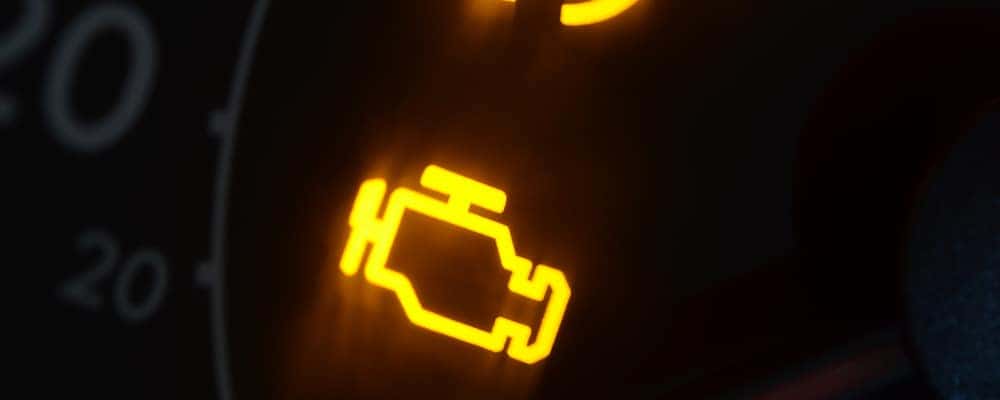
Credit: www.donjohnsonmotors.com
Ram 2500 Check Engine Light Reset
If you have a Ram 2500, it is important to know how to reset the check engine light. You can reset the check engine light by disconnecting the battery for 5 minutes or using an OBD-II scanner to clear any codes that may be causing the light to stay on. Make sure your vehicle is turned off and key removed before removing either cables from the terminals of your battery.
After reconnecting, start up your truck and see if the check engine light has been reset. If not, then consult with a professional mechanic who can diagnose why your truck’s warning lights are still illuminated.
Dodge Engine Codes List
Dodge vehicles are equipped with a variety of engine codes that can help you identify the type of engine in your car. To determine the exact model and year of your Dodge vehicle, all you need to do is locate its unique set of engine codes. The most commonly used list includes LA (318), Magnum (5.2L & 5.9L), B/RB (383-440), and Hemi (5.7L & 6.1L).
With this information, it’s easy to find out which type of engine is under the hood when performing repairs or upgrades on your vehicle!
Check Engine Light on Dodge Ram 2500 Diesel
The Check Engine Light on a Dodge Ram 2500 Diesel can indicate any number of problems, ranging from something as simple as a loose gas cap to more serious issues such as an emission control system problem. If your Check Engine Light comes on, it’s important to have the vehicle inspected by a qualified technician so that they can diagnose and repair the issue.
Conclusion
The Dodge Ram 2500 Check Engine Light Codes can provide valuable insight into any issues that may be affecting your vehicle’s performance. Taking the time to read and understand these codes, as well as taking action to address them accordingly, can help ensure that you have a reliable and safe truck for many years of driving pleasure. If you ever experience any problems with your engine light code, it is important to get professional assistance in order to diagnose and fix the issue quickly and correctly.


